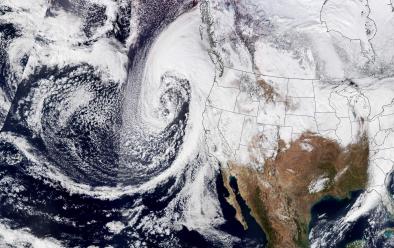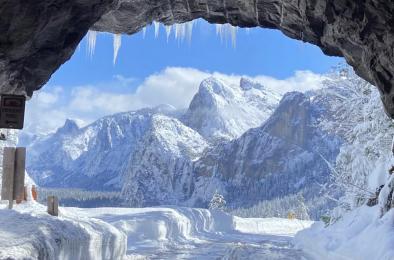Future Warming and Intensification of Precipitation Extremes: A “Double Whammy” Leading to Increasing Flood Risk in California
Study key findings
- In California, warmer temperatures will cause more rainfall and less snow during the winter in coming decades.
- This will likely increase flood risks and reduce the snowpack that usually melts slowly over the spring months.
Abstract
This study focuses on quantifying future anthropogenic changes in surface runoff associated with extreme precipitation in California's Sierra Nevada. The method involves driving a land surface model with output from a high resolution regional atmospheric simulation of the most extreme atmospheric rivers (ARs). AR events were selected from an ensemble of global climate model simulations of historical and late 21st century climate under the “high‐emission” RCP8.5 scenario. Average precipitation during the future ARs increases by ~25% but a much lower proportion falls as snow. The resulting future runoff increase is dramatic—nearly 50%, reflecting both the precipitation increase and simultaneous conversion of snow to rain. The “double whammy” impact on runoff is largest in the 2,000–2,500 m elevation band, where the snowfall loss and precipitation increase are both especially large. This huge increase in runoff during the most extreme AR events could present major flood control challenges for the region.
Related Content




